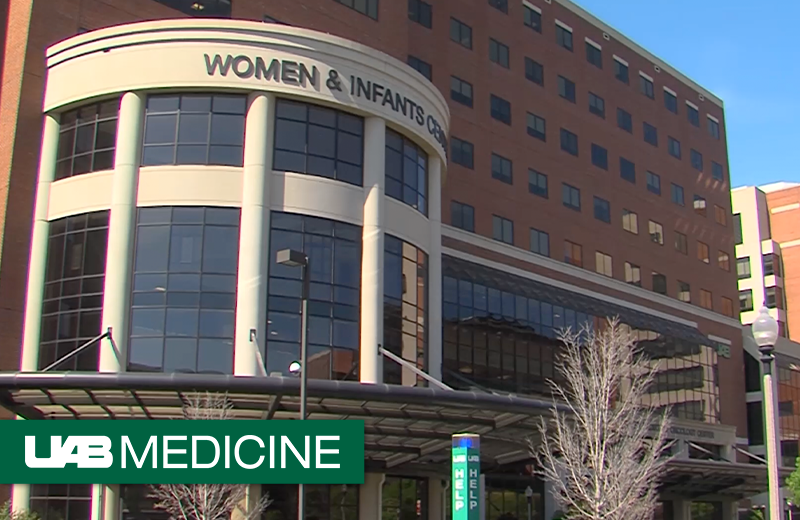Fertility preservation offers childbearing options for individuals and couples facing a cancer diagnosis. It combines in-depth consultations with the latest in reproductive medicine technologies, including drug therapy and surgical approaches. Options for both men and women are available, and the goal is to preserve or restore fertility prior to starting cancer treatment. Consultations often include discussion of patient goals, options available, timeline for starting a family, the risks involved with various fertility preservation methods, and the cost.
We understand that a serious medical condition like cancer may threaten an individual’s or a couple’s chances of having children in the future. UAB Medicine’s fertility preservation program helps patients and their health care providers decide which options are best suited for each individual patient. We work closely with the experts in the UAB Center for Reproductive Endocrinology and Infertility to design a care plan that offers the greatest chance of success based on patient preferences.
Options for women include:
- In vitro fertilization (IVF) and embryo freezing: This method combines fertility medication with retrieval of the woman’s eggs prior to chemotherapy or radiation. The eggs are then fertilized with donor or partner sperm, and the embryos are frozen for later use. This is the most established and successful option, but it does require precise timing, considerable expense, and the availability of sperm.
- IVF and egg freezing: This option is available for women who may not have a partner. Her eggs are harvested and frozen without being fertilized, in the hope of later fertilizing them to make embryos that could be transferred for a pregnancy.
- Ovarian suppression: This option uses a medication called Lupron, which makes the ovaries “less visible” to the chemotherapy treatments. The goal is to reduce damage to the ovaries, in the hope that they can function after chemotherapy is completed. This approach can be started immediately.
- Fertility sparing surgery: This approach varies depending on the type of cancer. For women with cervical cancer, for example, it involves removing the cervix and leaving the uterus and ovaries in place. This may be an option for certain types of cancer that are in the early stages and haven’t spread. It can be started immediately.
- Transposition: This option involves surgery to move the ovaries out of the field of abdominal/pelvic radiation, to help keep them safe from high-dose exposure. The ovaries can be left in place or returned to their original position after therapy.
- Ovarian tissue freezing (coming soon): This approach involves surgical removal of ovarian tissue and is designed for women who want an option that does not require the time and hormone treatments necessary with IVF. The tissue is frozen and stored for re-implantation after cancer treatment is complete, with the goal of restoring normal ovarian function.
Options for men include:
- Sperm banking: Sperm can be frozen and used later for insemination or IVF. It can be done immediately, but it should be done before chemotherapy or radiation treatment begins.
These options often involve out-of-pocket expenses, so a financial counselor will work with you as part of the consultation process. The counselor will discuss costs, financial support, applying for assistance programs such as LIVESTRONG and Walgreen’s Heart Beat, and other financial questions or concerns you may have. Following cancer treatment, we can meet again to discuss fertility preferences through survivorship, current fertility concerns, and using any previously frozen samples (eggs, embryos, sperm, etc.).
Care Providers
Videos
Find a Provider to Schedule an Appointment
Resources
Related Specialties
Clinical Trials
Speak to your physician about your options and browse the link below for more information
Latest News
View All News-
Scarinci selected to lead national cervical cancer elimination workgroup
February 12, 2024
-
Heart and kidney transplant patient defies odds and delivers baby at UAB Hospital
February 6, 2024
-
Gynecologic cancers: Early detection and understanding symptoms can save lives
January 26, 2024
-
UAB earns Women’s Choice Award for “Best Hospital” designation for eight areas
January 17, 2024
-
Double the uterus, double the babies, double the birthdays: Alabama mom delivers rare twins at UAB
December 22, 2023











